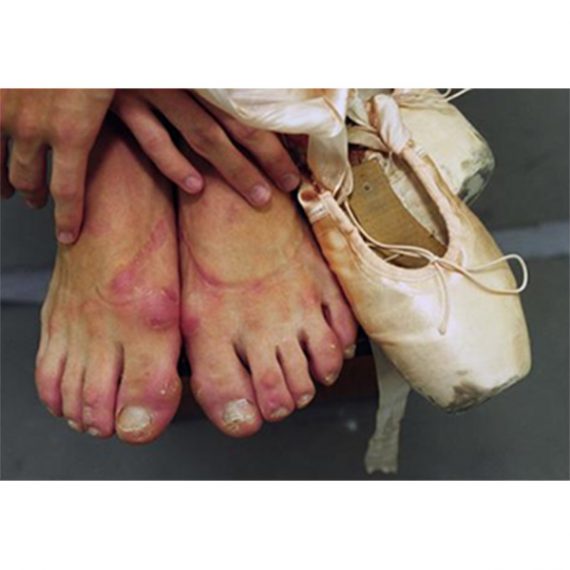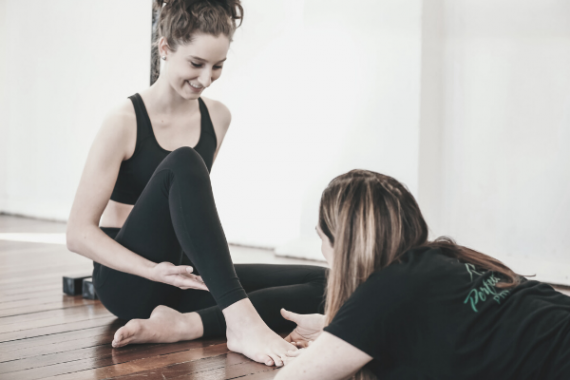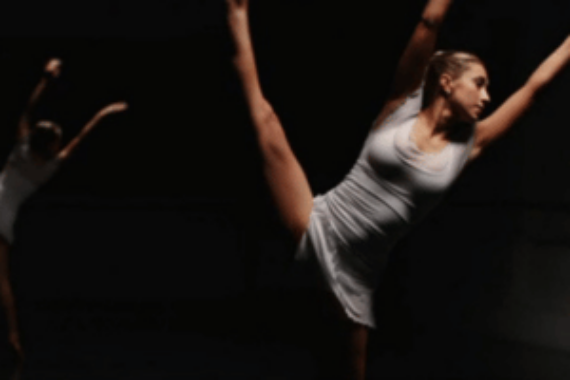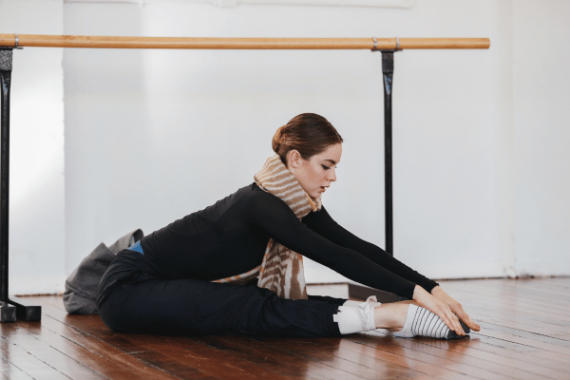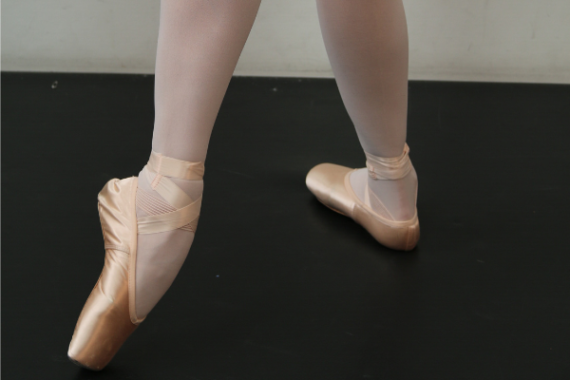- Free Articles
- Shop
- Workshops
- The Dance Educator Series
- L1 – The Fundamentals
- L2 – Pointe Intensive
- L2 – Flexibility Intensive
- L2 – Training Turnout in Tiny Dancers
- L3 – Foot & Ankle Injuries in Dancers – NEW
- L3 – Hip Injuries in Dancers
- L3 – How to Train Extreme Mobility Safely
- Upcoming Workshops
- Workshop FAQ’s
- Workshop Testimonials
- Host Application Form
- Dance Teacher & Health Professional Directory
- Members Areas
- Cart
- My Account
How Ballet Dancers Can Avoid Common Foot Injuries
Most dancers will complain of some foot injury at some stage in their training, and professional ballet dancers will often be plagued with chronic foot injuries, ranging from mild ones that are nursed for years, to severe injuries that may be career-ending. The truth is, that many common foot and ankle ‘injuries’ occur as a result of poor “intrinsic” foot muscle strength. The “intrinsic” foot muscles are tiny little muscles that start and end within the foot, that help control the position of a ballet dancer's arch, and are responsible for the control of her toes within the shoe en pointe. If these small muscles are not working effectively, larger muscles called the “extrinsic” foot muscles, that originate further up the leg become overused, as they attempt to perform two roles. This often leads to conditions such as “Anterior Compartment Syndrome”, “Stress Fractures” of the shin bone (tibia), or ‘Medial Tibial Stress Syndrome”, commonly known as “Shin Splints”. However, with correct strengthening combined with gentle hands on technique many of these ‘chronic’ injuries settle very quickly.
Weakness in the intrinsic foot muscles and overuse of the extrinsics often results in the toes ‘clawing’ both when rising, and en pointe. This is one of the biggest cause behind the nasty blisters that are often seen in photos of professional ballet dancers, however this does not have to be the case. Control of the intrinsic allows the middle joint of the toes to remain straight while fully pointing the rest of the foot. This does not affect the look of the line of the foot, but does make dancing much more enjoyable when free of pain!
In many other sports, orthotic devices may be worn in the footwear required that will help stabilize the arch and settle symptoms related to poor intrinsic muscle strength. Unfortunately, in ballet slippers, these orthotics cannot be worn (although many have attempted this!) so the dancer is often left to ‘live with’ symptoms, or have repeated extended breaks from dancing.
Watch the following video to see Lisa's perspective on whether dancers should or shouldn't wear orthotics.
With correct strengthening combined with gentle stretching however, many of these ‘chronic’ injuries settle very quickly. “The Perfect Pointe Book” is a comprehensive collection of many exercises designed to specifically strengthen the foot muscles needed in any ballet dancer. While initially designed to help girls strengthen their feet before going onto pointe, this book is essential reading for any dancer, especially if they have had, or currently have any foot injuries. The exercises have been developed after years of working closely with ballet dancers, and seeing first-hand what is most effective in regaining control of these small muscles.
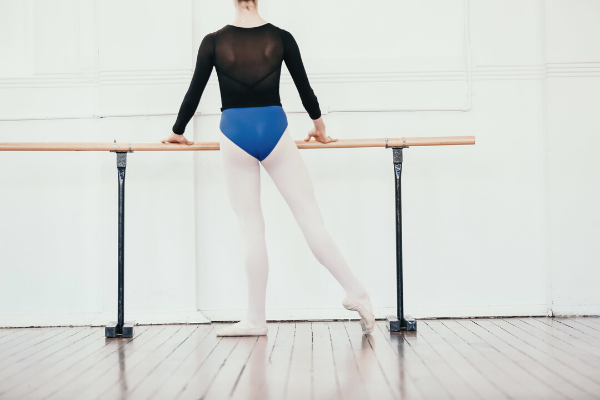
Pointe Resources
If you are looking to delve deeper into this topic, check out the following programs:
- The Perfect Pointe Book: This course was originally designed to help students and dance teachers safely prepare for pointe work. The four stages of tests and exercises within the book are ideal for pre-pointe preparation classes, students close to achieving pointe shoes and students already en pointe looking for extra strength and technique training.
- Pointe Range: This online program comprises of 41 clear and concise videos, totalling just under 2 hours play time, this course begins with a series of assessments to establish exactly what structures are restricting your pointe range. It then explores a diverse array of massage techniques, joint mobility exercises and fascial mobilisers to safely improve your pointe range. This is followed by an in depth look at retraining all of the muscles that stabilise the foot and ankle to allow you to actually use your new found pointe range in class.
- Pointe Intensive: This online virtual workshop is designed for both Dance Teachers & Health Professionals working with dancers. This three day Intensive will give you the most up-to-date advice in the industry to help you understand your students’ needs, analyze their differences, and them you the tools to help your students become the best dancer they can be.



